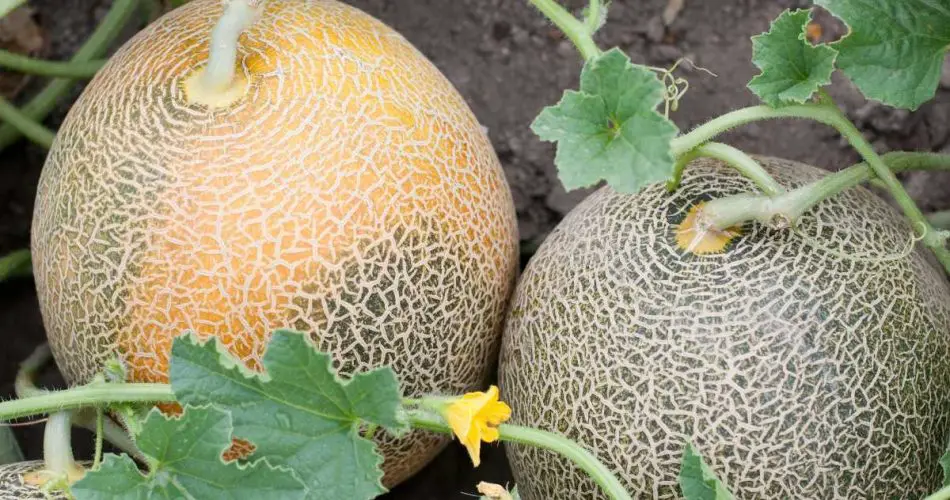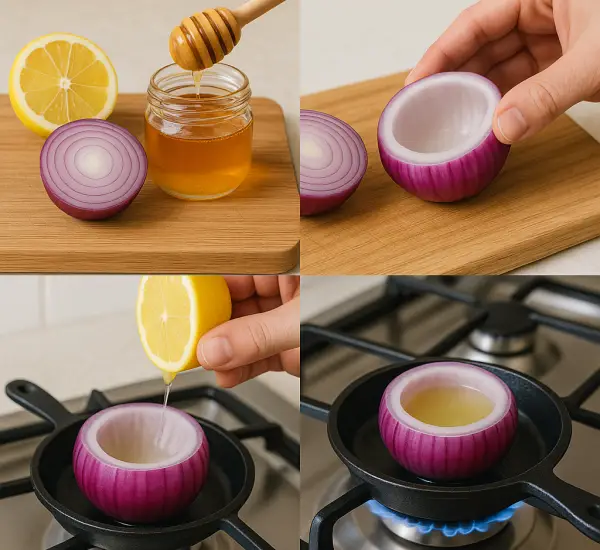Growing melons from seeds is a gratifying and enjoyable process that can yield delicious fruits in your garden. Whether you aim to cultivate sweet watermelons, fragrant cantaloupes, or luscious honeydews, following these steps will help you achieve a bountiful harvest.
1. Choosing the Right Seeds
Start by selecting high-quality seeds from a reputable supplier. Choose a variety that suits your climate and soil conditions. Popular melon varieties include:
- Watermelon (Citrullus lanatus): Known for its juicy, sweet flesh, available in red, pink, or yellow.
- Cantaloupe (Cucumis melo var. cantalupensis): Known for its sweet, orange flesh and netted rind.
- Honeydew (Cucumis melo var. inodorus): Recognized for its smooth, pale green skin and sweet, green or orange flesh.
2. Preparing the Soil
Melons thrive in warm, well-drained soil with a pH between 6.0 and 6.8. To prepare the soil:
- Location: Choose a sunny spot in your garden that receives at least 8 hours of direct sunlight per day.
- Soil Preparation: Loosen the soil to a depth of about 12 inches and incorporate organic matter such as compost or well-rotted manure. This will improve soil fertility and drainage.
- Mounds or Hills: Form mounds or hills about 3 feet apart. This helps with drainage and provides warmth to the seedlings.
3. Sowing the Seeds
Sow melon seeds directly in the garden after the last frost date when the soil temperature reaches at least 70°F (21°C).
- Planting Depth: Sow the seeds about 1 inch deep.
- Spacing: Plant 3-4 seeds per mound, spacing them evenly.
- Thinning: Once the seedlings are about 2 inches tall, thin them to 1-2 of the strongest plants per mound.
4. Watering and Care
Melons require consistent moisture but do not like waterlogged soil.
- Watering: Water the plants deeply once a week, providing about 1-2 inches of water. Increase watering during dry spells. Avoid overhead watering to prevent fungal diseases.
- Mulching: Apply a layer of mulch around the plants to retain soil moisture, suppress weeds, and keep the soil warm.
- Fertilizing: Feed the plants with a balanced fertilizer when they begin to flower. You can also side-dress with compost or manure.
5. Pollination
Melons rely on pollinators like bees to set fruit. To encourage pollination:
- Flowering Plants: Plant flowers nearby to attract bees and other pollinators.
- Hand Pollination: If pollinators are scarce, you can hand-pollinate by transferring pollen from male flowers to female flowers using a small brush.
6. Pest and Disease Management
Keep an eye out for common pests and diseases.
- Pests: Watch for aphids, cucumber beetles, and squash bugs. Use organic insecticidal soap or neem oil to manage infestations.
- Diseases: Monitor for powdery mildew and downy mildew. Ensure good air circulation and avoid overhead watering to reduce the risk of fungal infections.
7. Harvesting
Knowing when to harvest your melons is crucial for the best flavor.
- Watermelon: Harvest when the fruit makes a hollow sound when tapped, the underside turns yellow, and the tendril nearest the fruit turns brown.
- Cantaloupe: Harvest when the fruit easily separates from the vine with a gentle tug, and the skin changes from green to a tan color under the netting.
- Honeydew: Harvest when the fruit feels slightly soft at the blossom end and has a sweet aroma.
By following these steps, you can successfully grow melons from simple seeds and enjoy the sweet, refreshing fruits of your labor. Happy gardening!



